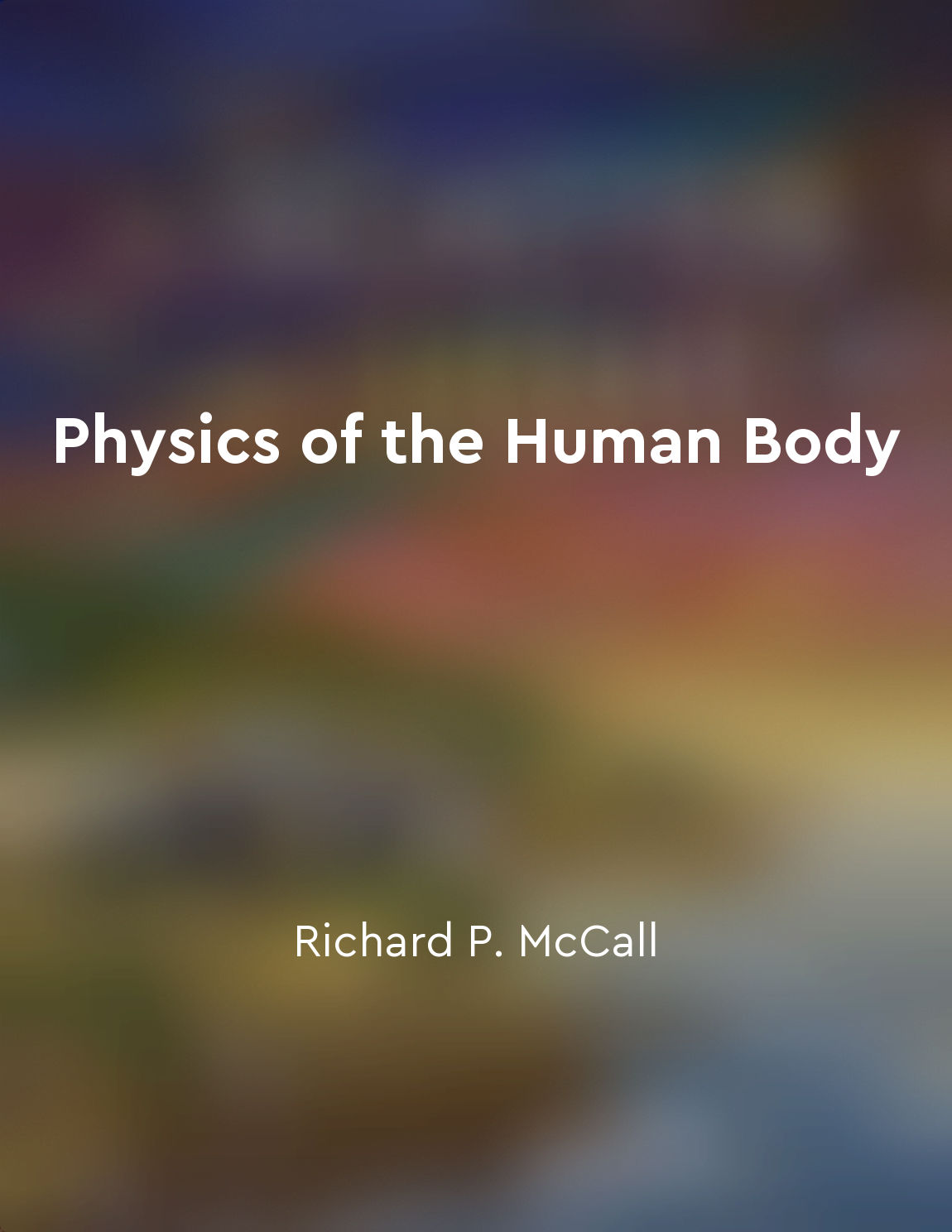A rocket's trajectory is carefully calculated to reach a destination from "summary" of Rocket Science: A Beginner's Guide to the Fundamentals of Spaceflight by Andrew Rader
When a rocket is launched into space, it follows a carefully planned trajectory to ensure it reaches its intended destination. This trajectory is not just a straight line from the launch pad to the destination; it is a complex path that takes into account a variety of factors such as the rocket's velocity, the gravitational forces acting on it, and the curvature of the Earth. Calculating a rocket's trajectory is a highly complex task that requires advanced mathematical models and sophisticated computer algorithms. Engineers and scientists spend countless hours designing and refining these models to ensure the rocket follows the most efficient path possible. One of the key considerations in calculating a rocket's trajectory is the gravitational forces acting on it. These forces vary depending on the mass of the rocket, the mass of the Earth, and the distance between the rocket and the Earth. By taking these factors into account, engineers can calculate the optimal path for the rocket to follow. Another important factor in determining a rocket's trajectory is its velocity. The rocket's velocity changes constantly during its flight due to factors such as engine burn time, atmospheric drag, and gravitational pull. Engineers must carefully calculate how these changes in velocity will affect the rocket's path and make adjustments as necessary. In addition to gravitational forces and velocity, engineers must also consider the curvature of the Earth when calculating a rocket's trajectory. Because the Earth is round, a rocket launched from one point will eventually need to curve to follow the Earth's surface. By taking into account the Earth's curvature, engineers can ensure that the rocket stays on course and reaches its destination.- Calculating a rocket's trajectory is a complex and challenging task that requires a deep understanding of physics, mathematics, and engineering principles. By carefully considering factors such as gravitational forces, velocity, and the Earth's curvature, engineers can ensure that a rocket reaches its destination safely and efficiently.
Similar Posts
Embrace continuous learning
The concept of continuous learning is fundamental to success in any field. It involves a mindset of constantly seeking out new ...
Algebraic Expressions and Identities
Algebraic expressions and identities play a crucial role in mathematics, especially in the field of algebra. An algebraic expre...
SpaceX launches missions to space
SpaceX is a company that is known for sending missions to space. Elon Musk, the founder of SpaceX, has a vision to colonize Mar...
Importance of mathematical operations
Understanding the importance of mathematical operations is crucial for success in various competitive exams, including the RRB ...
Satellites orbit Earth
Satellites, man-made objects launched into space, play a crucial role in modern communication, weather forecasting, navigation,...
Pi has applications in a wide range of scientific fields
Pi, the mathematical constant representing the ratio of a circle's circumference to its diameter, is a fundamental concept in m...
Spacecrafts visit planets
Spacecraft have traveled to every planet in our solar system, providing us with valuable information about these distant worlds...

Friction and air resistance affect motion
When an object moves through a medium such as air, it encounters two types of resistance that can impede its motion. The first ...
Meteor showers happen
Meteor showers happen when Earth passes through the debris left behind by a comet. Comets are made of ice, rock, and dust, and ...

